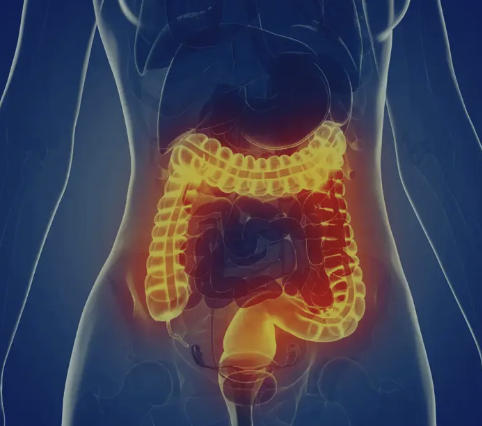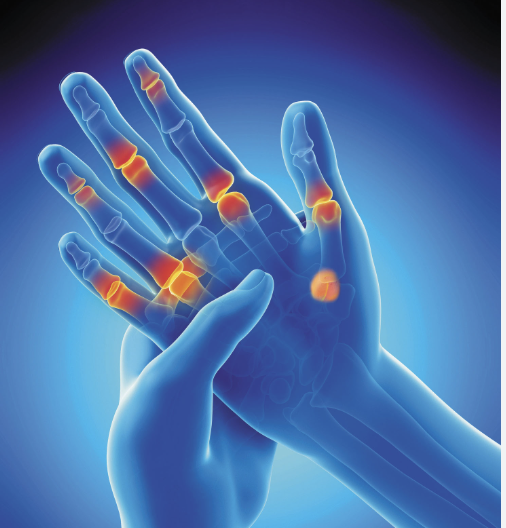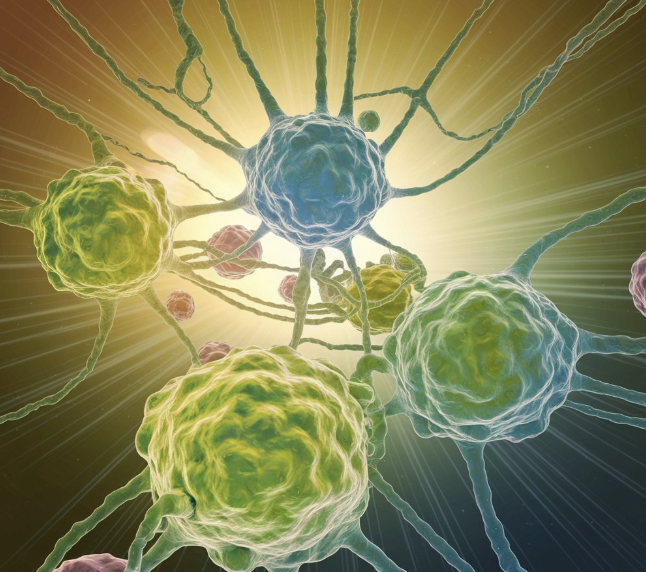Scientist hopes to cure Type 1 diabetes by disguising stem cells

People have been waiting a long time for a cure for Type 1 diabetes. Hannah Pizzato, PhD, is one of them.
China has successfully made a permanent cure for diabetes?

Exciting developments reported in China with regenerative methods to treat diabetes
Organoids Derived From Gut Stem Cells Reveal Two Distinct Molecular Subtypes of Crohn’s Disease

The researchers sampled gut tissue from 53 Crohn’s disease patients during routine colonoscopies at the Inflammatory Bowel Disease Center at UC San Diego Health. The patients came from diverse backgrounds and presented with a variety of clinical symptoms
Characteristics of Epstein–Barr virus reactivation after allogeneic haematopoietic stem cell transplantation in patients with chronic active Epstein–Barr virus disease: favorable responses to rituximab

Without treatment, CAEBV patients develop progressive cellular and humoural immune deficiencies complicated by opportunistic infections, haemophagocytic lymphohistiocytosis (HLH), multiple organ failure, and lymphoma [4], often leading to death
New approach to Epstein-Barr virus and resulting diseases

Most people are carriers of EBV: 90% of the adult population are infected with the virus, usually experiencing no symptoms and no resulting illness. Around 50% become infected before the age of five, but many people don’t catch it until adolescence.
Chronic active Epstein-Barr virus disease originates from infected hematopoietic stem cells

Increasing evidence indicates a role for EBV in the pathogenesis of multiple sclerosis (MS). EBV-infected autoreactive B cells might accumulate in the CNS because of defective cytotoxic CD8+ T cell immunity. We sought to determine the feasibility and safety of treating progressive MS patients with autologous EBV-specific T cell therapy.
Management of Epstein-Barr Virus infections and post-transplant lymphoproliferative disorders in patients after allogeneic hematopoietic stem cell transplantation:

Because mitochondrial activity can better reflect cell vitality, cell viability was assessed using the ATP assay. A luciferase-based kit (Beyotime Biotechnology, Jiangsu, China) was used to measure the ATP level according to the manufacturer’s instructions.
Conditioned medium of mesenchymal stem cells pretreated with H2O2 promotes intestinal mucosal repair in acute experimental colitis

Inflammatory bowel diseases (IBD) are chronic inflammatory conditions that affect the gastrointestinal tract, mainly encompassing Crohn’s disease (CD) and ulcerative colitis (UC)1. So far, the etiology of IBD has not been clearly identified, and it is generally believed to be caused by a disordered mucosal immune response to environmental factors in genetically susceptible hosts
Therapeutic Effect of Mesenchymal Stem Cells in Ulcerative Colitis: A Review on Achievements and Challenges

Dynamic interactions between the gastrointestinal epithelium and the mucosal immune system result in intestinal homeostasis and optimal immunosurveillance, but a destabilization in these interactions among predisposed people can lead to development of chronic inflammatory diseases called inflammatory bowel disease (IBD), which mainly covers Crohn’s disease (CD) and ulcerative colitis (UC)
Stem Cell Therapy for Inflammatory Bowel Disease: Advancements & Limitations

Stem cell therapy for inflammatory bowel disease (IBD) presents a revolutionary treatment path for individuals battling the relentless effects of conditions like Crohn’s disease and ulcerative colitis.
Stem Cell Therapy for Ulcerative Colitis

Stem cell therapy aims to help reduce the underlying inflammation in the mucous lining of your colon when other treatments haven’t worked.
Various Types of Stem Cells, Including a Population of Very Small Embryonic-Like Stem Cells, Are Mobilized into Peripheral Blood in Patients with Crohn’s Disease

Developmentally early cells, including hematopoietic stem progenitor cells (HSPCs), mesenchymal stem cells (MSCs), endothelial progenitor cells (EPCs), and very small embryonic-like stem cells (VSELs), are mobilized into peripheral blood (PB) in response to tissue/organ injury. We sought to determine whether these cells are mobilized into PB in patients with Crohn’s disease (CD).
Stem Cell Therapy for Crohn’s Disease: 5 Facts To Know

Scientists have started researching stem cell therapy as a possible new way to manage inflammatory bowel diseases (IBDs). This approach may be an option in the coming years for people with Crohn’s disease who don’t respond to other treatments
Mesenchymal Stem Cells for the Treatment of Crohn’s Disease: A Systematic Review and Meta-Analysis

Inflammatory bowel disease (IBD) is a chronic inflammatory disorder of the gut that can lead to severe gastrointestinal symptoms, malnutrition, and complications such as fistulas and cancer. Mesenchymal stem/stromal cells (MSCs) are being investigated as a novel therapy for IBD and have been demonstrated to be safe and effective
Mesenchymal Stem Cells for Multiple Sclerosis: A Systematic Review and Meta-Analysis

Although mesenchymal stem cells (MSCs) have been identified as a potential novel therapeutic strategy for multiple sclerosis (MS), existing evidence regarding the effectiveness and safety of this strategy remains inconclusive.
Mesenchymal stem cells for the treatment of multiple sclerosis and other neurological diseases

The rationale for use of adult stem cells as a treatment for neurological diseases such as multiple sclerosis arose from the hope that they had the capacity to foster repair of the CNS through tissue integration and differentiation into neural cells.
Rheumatoid Arthritis Treated with Implanted Cells that Release Drug

Researchers at Washington University School of Medicine in St. Louis have genetically engineered cells that, when implanted in mice, deliver a biologic drug in response to inflammation.
Efficacy and safety of mesenchymal stem cells therapy in COVID-19 patients: a systematic review and meta-analysis of randomized controlled trials

Results
of enrolled studies demonstrated that patients with COVID-19 pneumonia who received MSC inoculation showed a decreased mortality compared with counterparts who received conventional treatment
Mesenchymal Stem/Stromal Cell-Based Therapies in Systemic Rheumatic Disease Including Lupus

Systemic rheumatic diseases, such as rheumatoid arthritis, systemic lupus erythematosus, and systemic sclerosis, are chronic autoimmune diseases affecting multiple organs and tissues. Despite recent advances in treatment, patients still experience significant morbidity and disability.
Stem Cell Therapy Shows Early Promise for the Treatment of Lupus

Reviews 2022 body of scientific evidence on the safety and efficacy of stem cell therapy to treat rheumatic disease highlights the potential benefits of mesenchymal stem
cells (MSCs) – a type of stem cell – for the treatment of lupus.
Clinical Study Evaluates Stem Cells as Potential Lupus Preatment

This Phase II study of mesenchymal stem cells is an early step in determining whether stem cell treatments hold promise as a safe, effective alternative for people with lupus who do not benefit from current treatments.
Efficacy and efficacy-influencing factors of stem cell transplantation on patients with Parkinson’s disease: a systematic review and meta-analysis

Results showed that stem-cell transplantation is an effective therapy for Parkinson’s disease
and is influenced by cell type used for transplantation, and duration of effectiveness after transplantation.

